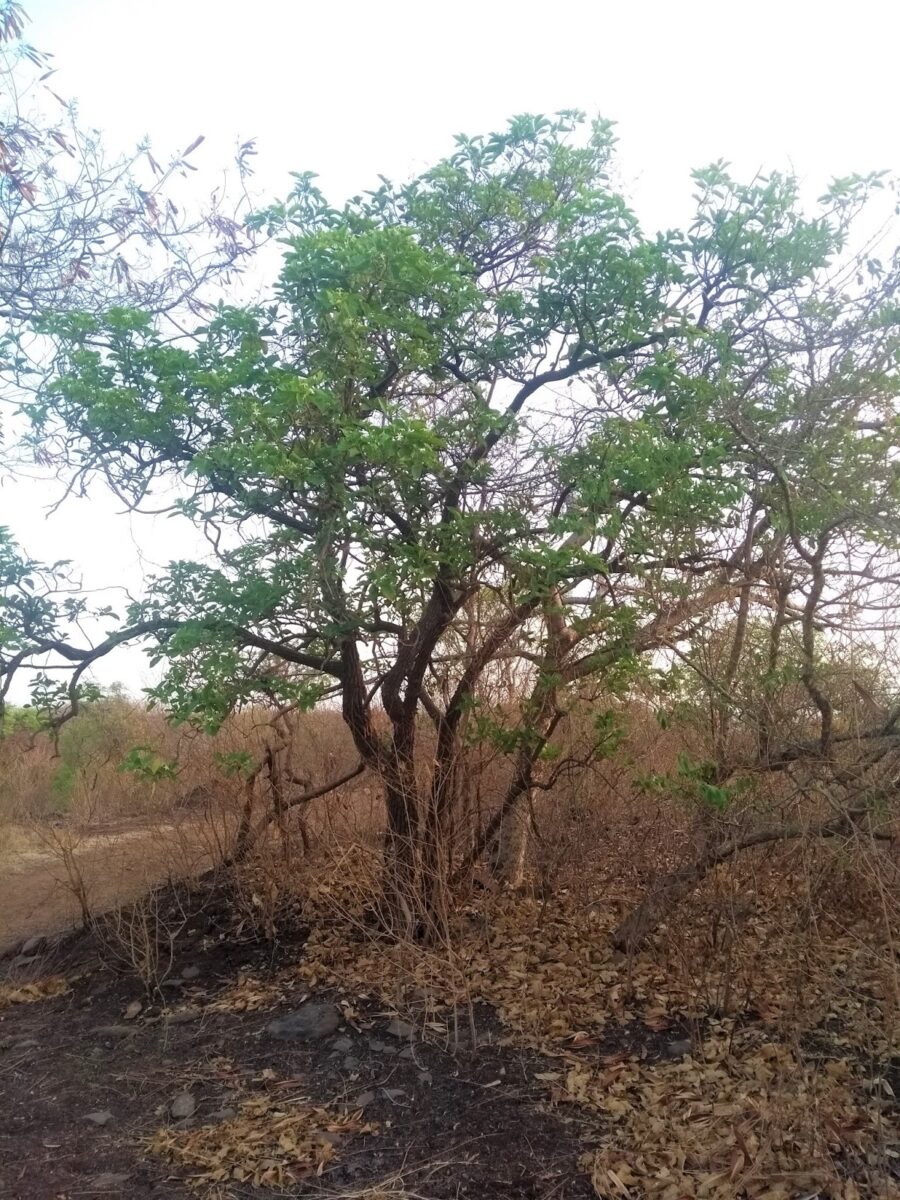
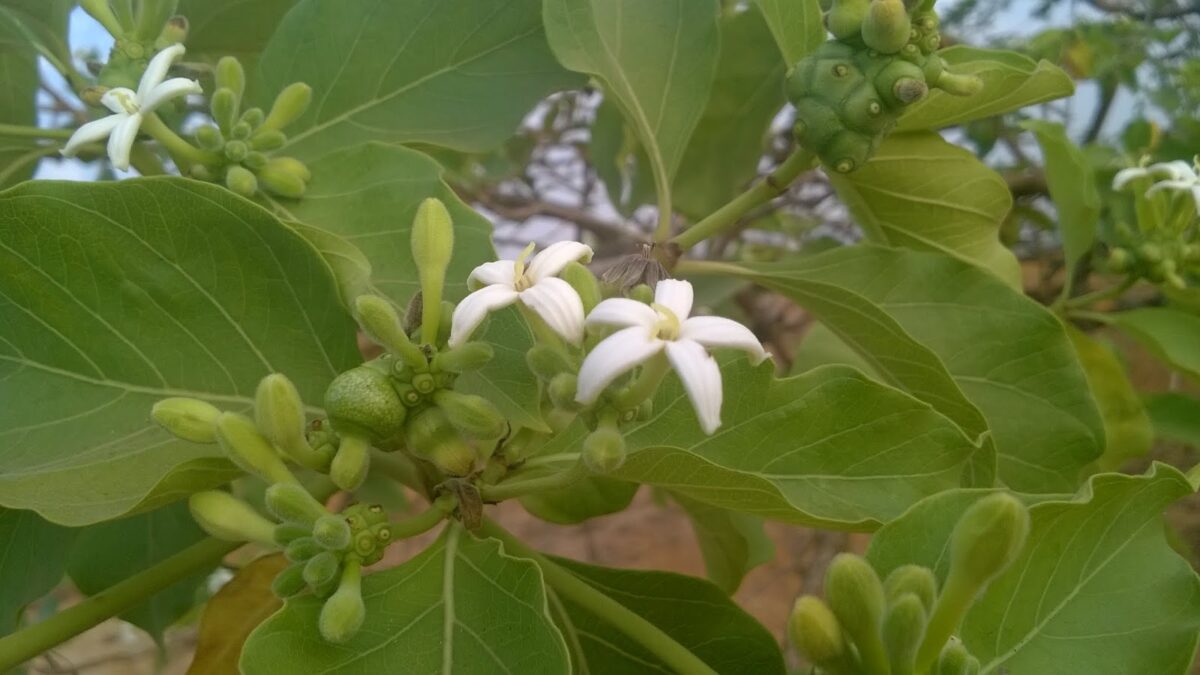
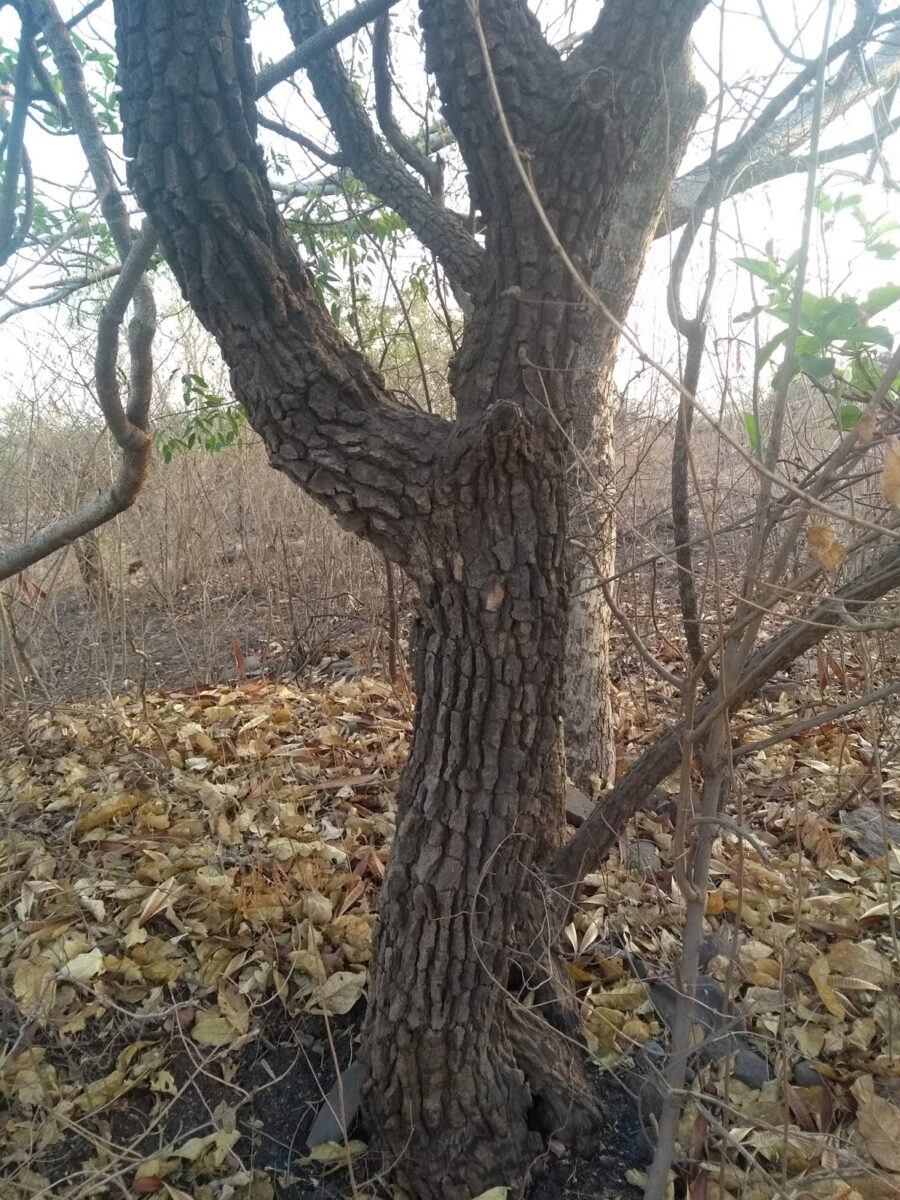
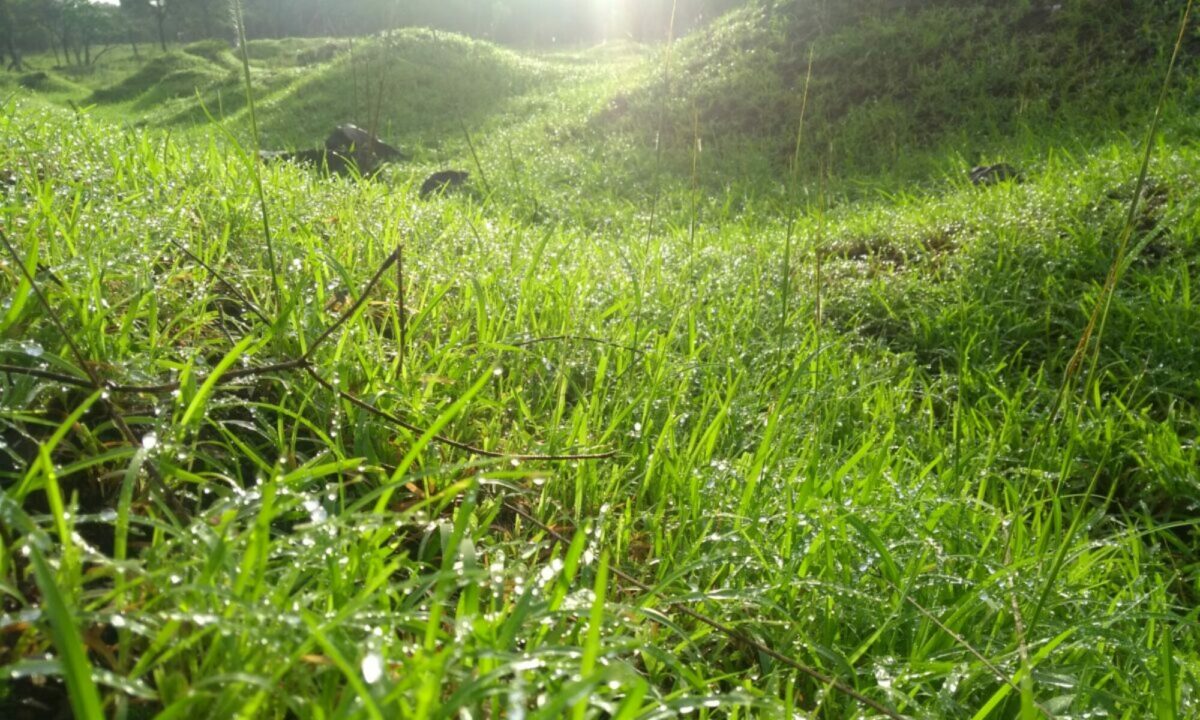
A khatta-meetha take on life around me through my presbiopic eyes!



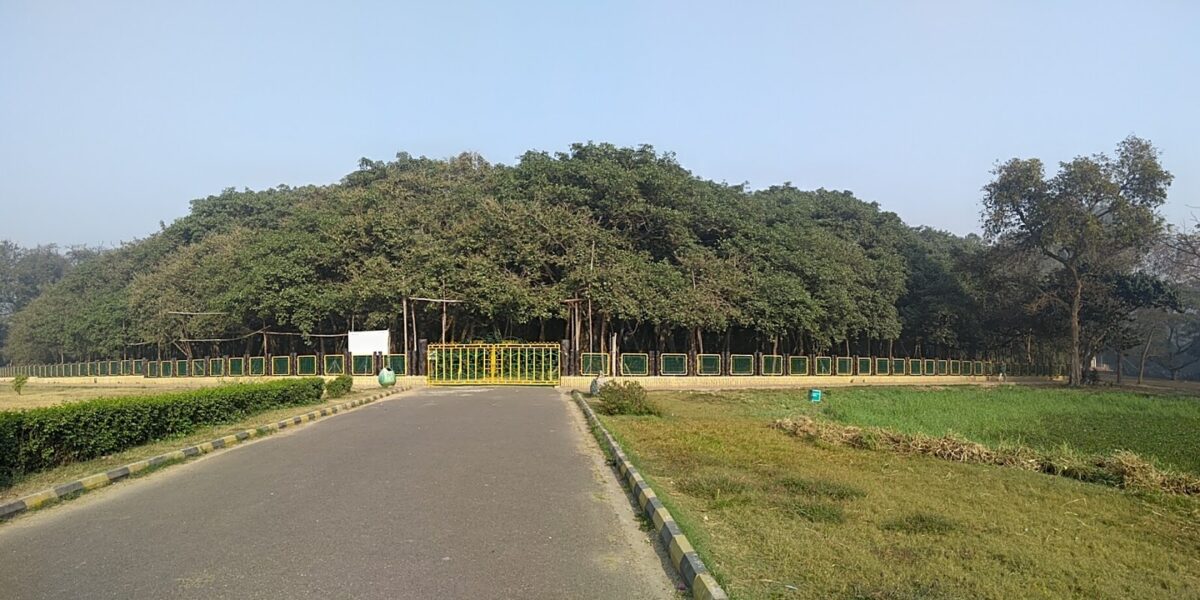

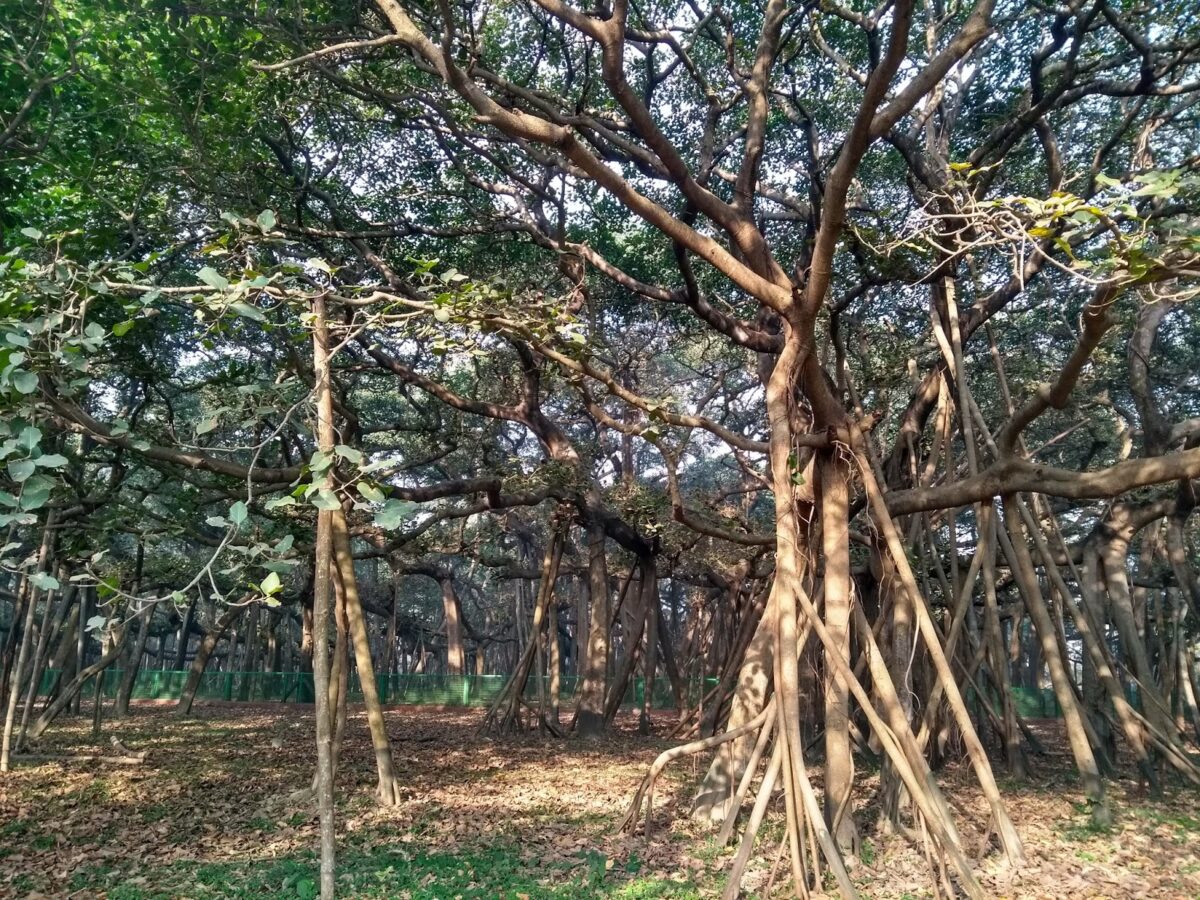 |
| It stands on thousands of supporting roots
This video will give take you straight to this great tree..
|
Have you seen this beautiful tree? Do you know of any other large spread Banyan?
I am joining Parul’s #ThursdayTreeLove41 blog hop. Do head over to see some amazing trees from around the world!

This beautiful tree with glorious fragrant flowers growing out of its main trunk goes by the unlikely common name “Cannon Ball Tree”. This is due to its large round fruit resembling cannon balls. Its botanical name is Couroupita guianensis and the species has been introduced in India. The tree belongs to the Lecythidaceae family.
The flowers are uniquely shaped almost like a Shivalinga. Hence the tree also goes by the common name Kailaspati. When plucked, the highly fragrant pretty flower stays fresh in a bowl of water for a day.
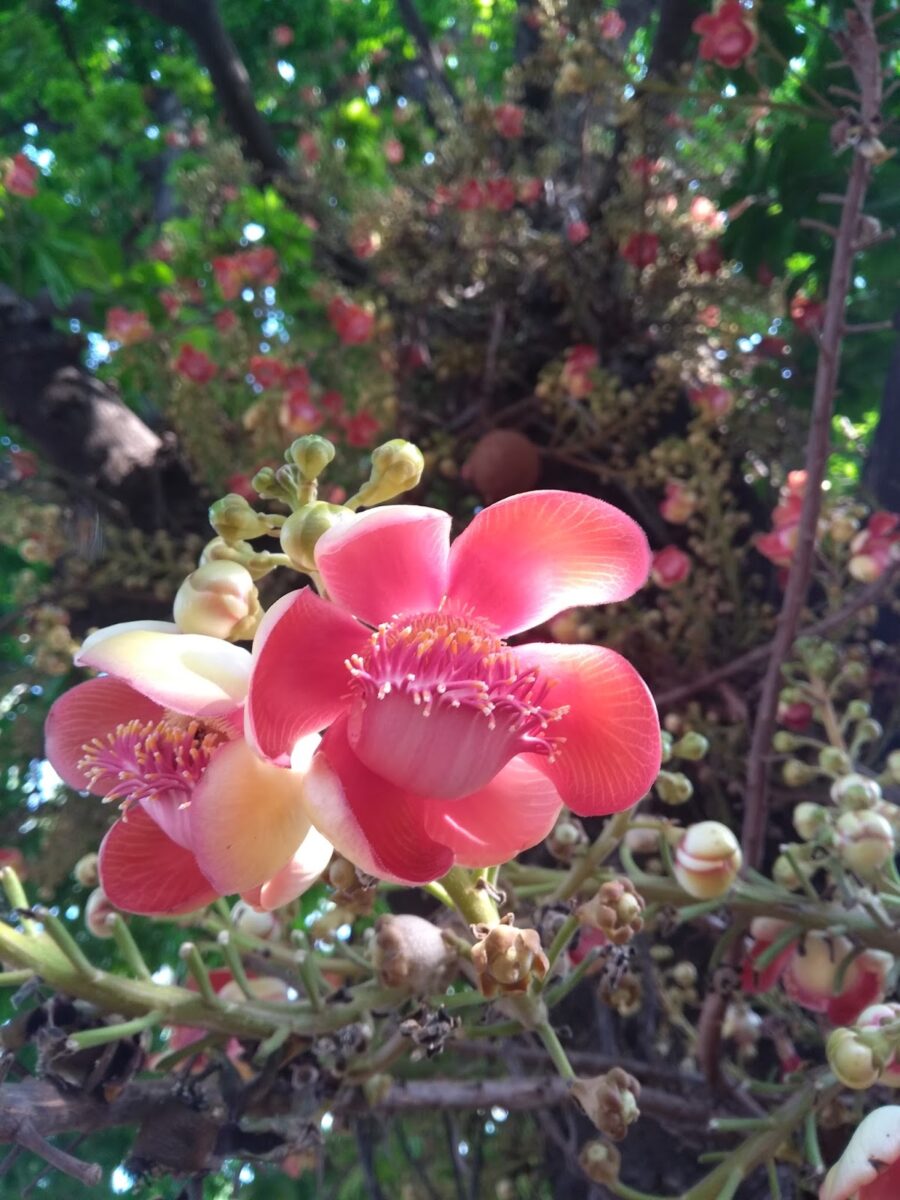
In sharp contrast, the fruit is filled with a foul smelling substance. If you look closely, some fruit are visible and seem to be strung on the trunk. If one of them falls on someone’s head, it can cause an injury!
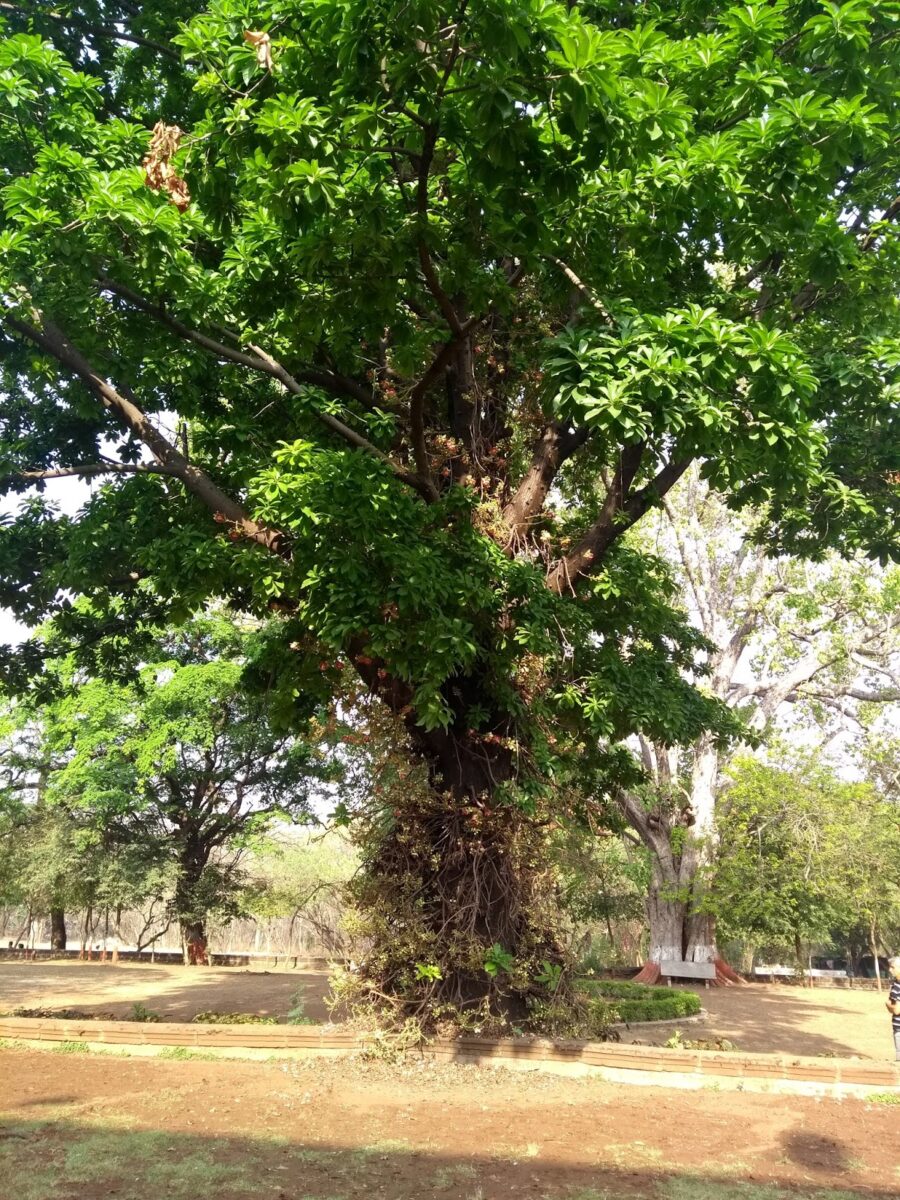
Kailaspati is native to the Amazon rainforest but seems to be happy in India considering its gregarious flowering and fruiting! It grows to be quite tall and is an imposing sight!
I am joining Parul‘s #ThursdayTreeLove blog hop. Do head over to see some wonderful trees from around the world!
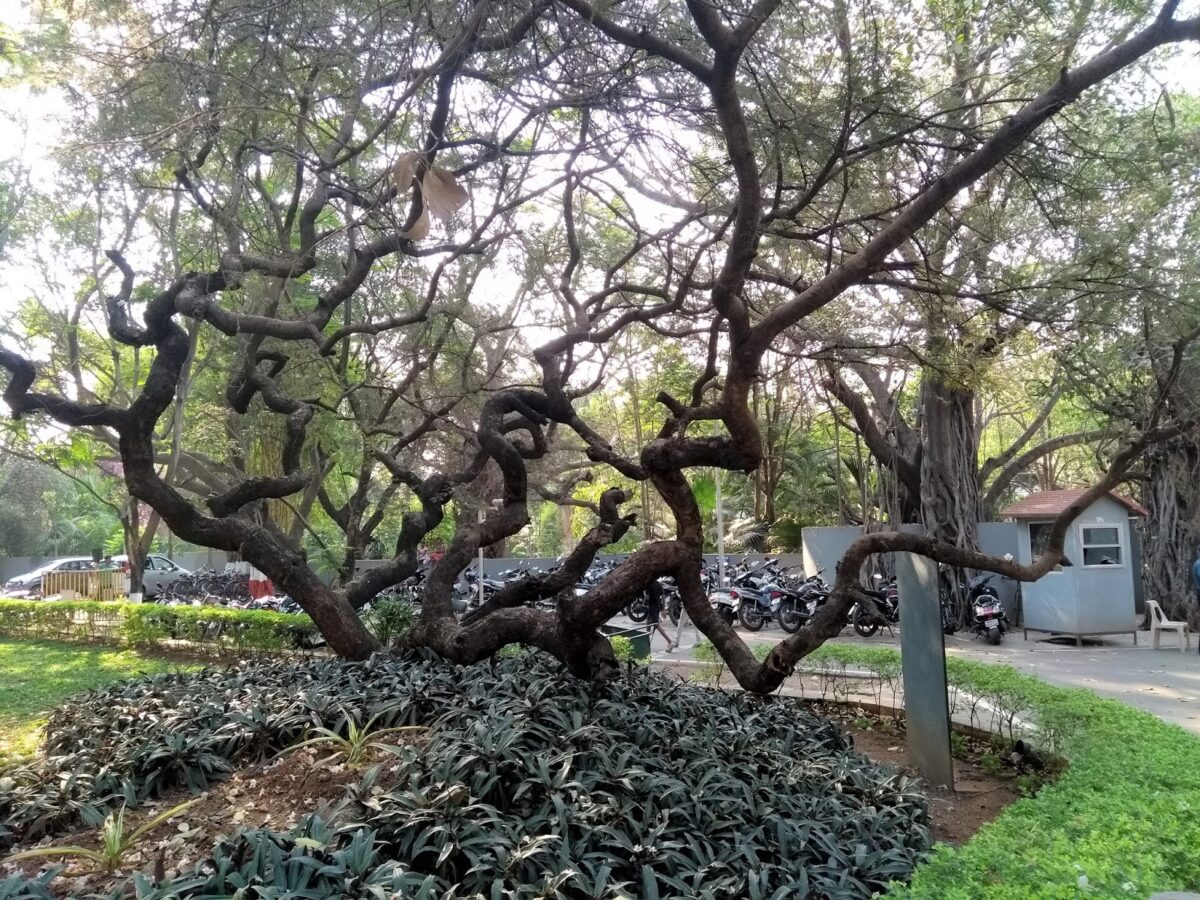 |
| Twisted trunk |
What could have been the reason for this twisted tree trunk? Considering its pretty huge and old, and growing in the open, I am sure the curves must be natural.
One of my first posts on the ThursdayTreeLove was Sleeping Trees that I saw in Moscow. Just as I could not figure out the reason for those ‘sleeping’ trunks, I simply cant find an explanation for this.
Here is another image.
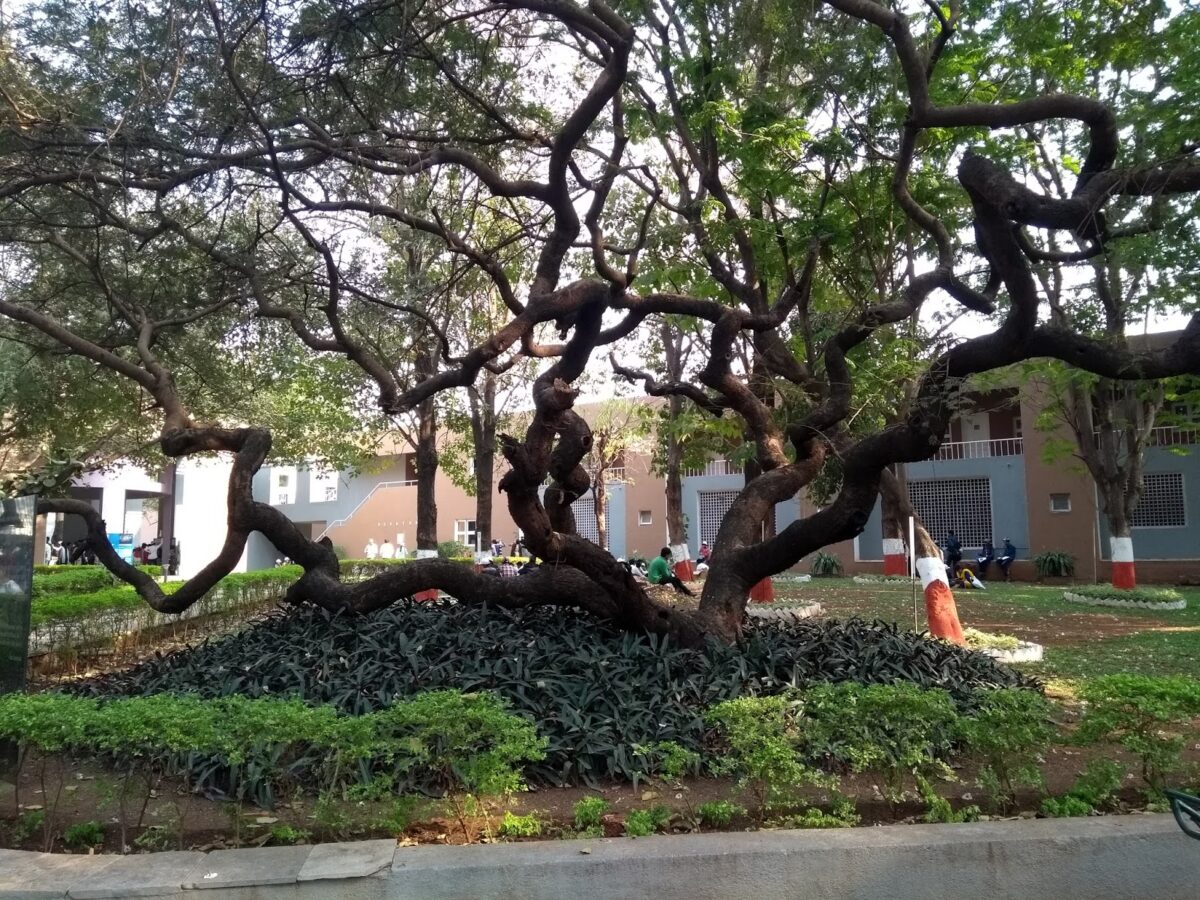
Bonsai artists often ‘wire’ trees for which they face a lot of criticism. Surely no such intervention was done here. Yet the trunk has acquired wonderful curves that simply will stop you in your tracks.
What do you think?
I am joining Parul in her #ThursdayTreeLove39 bloghop. Do head over to see some amazing trees from around the world.
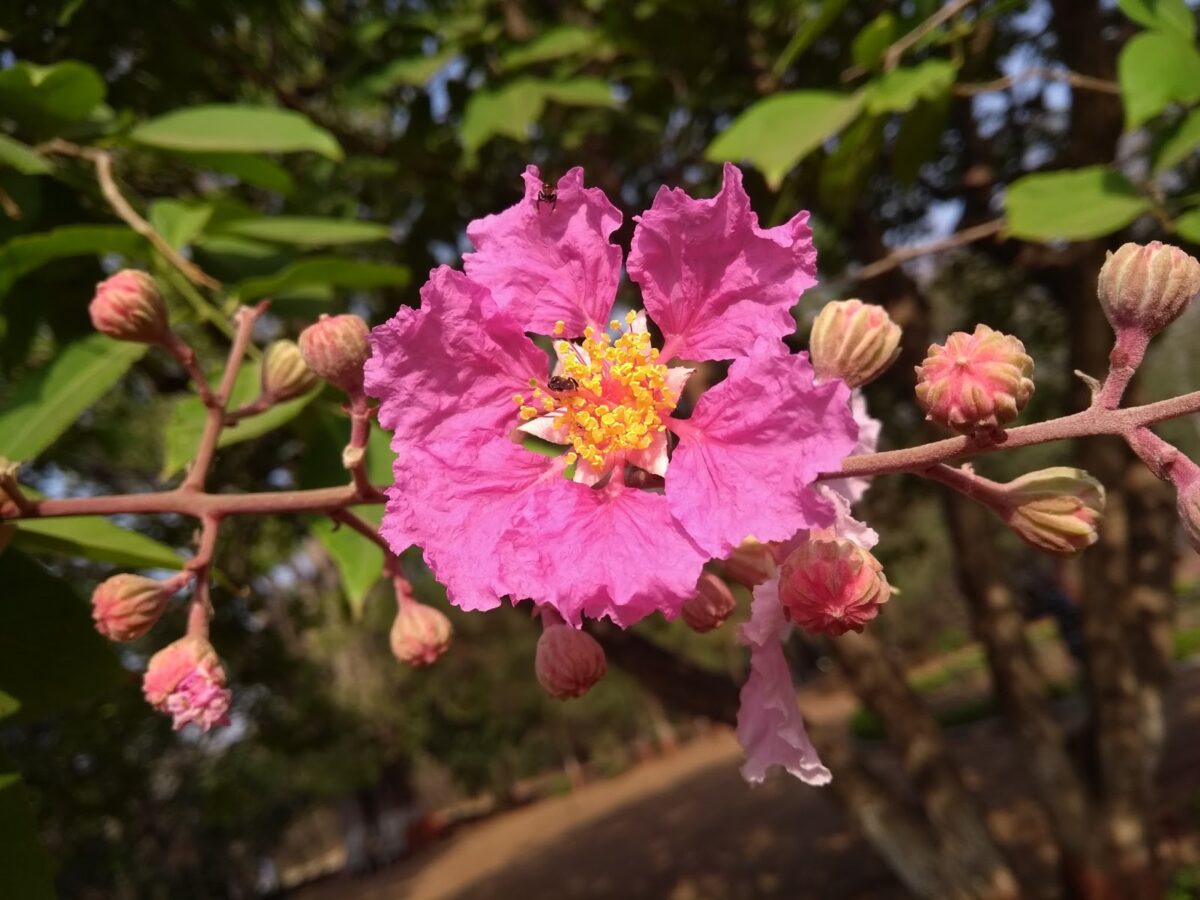
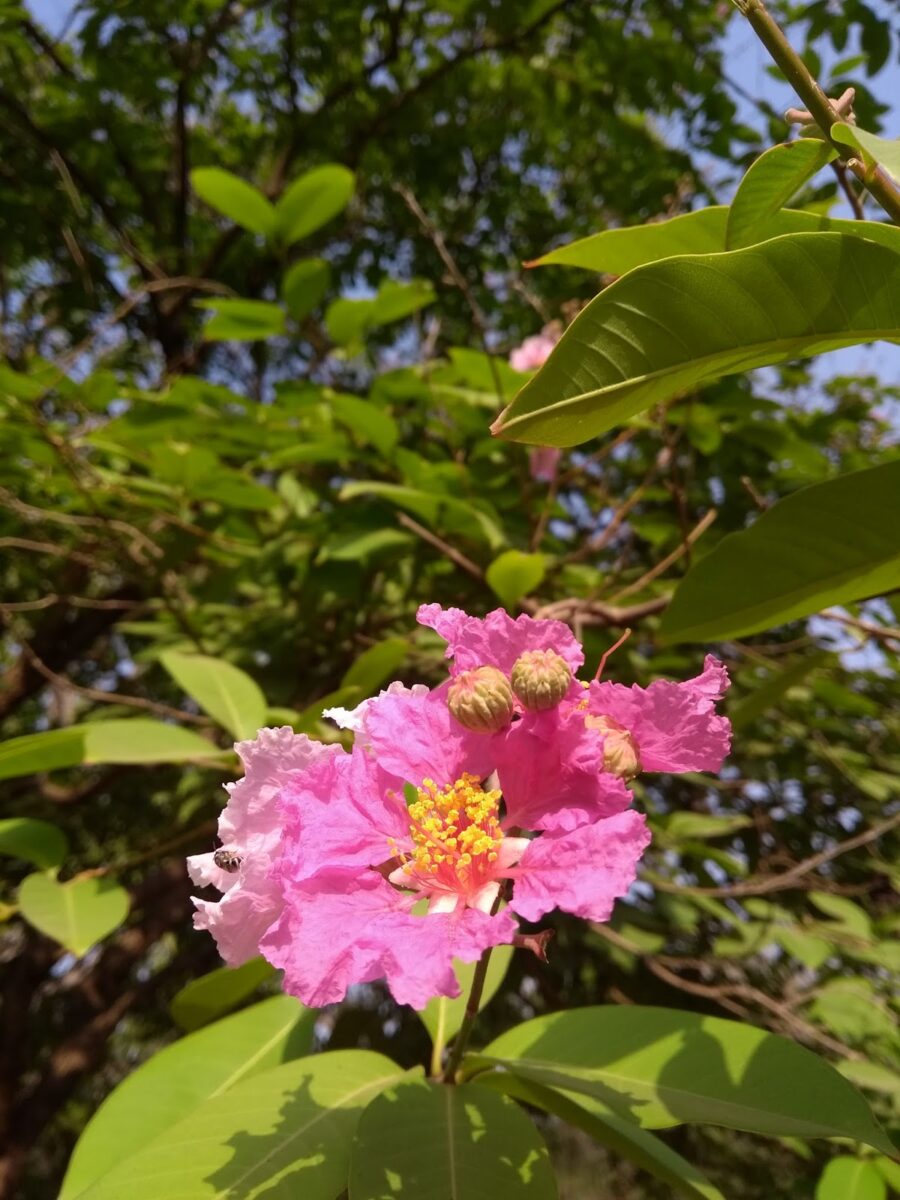
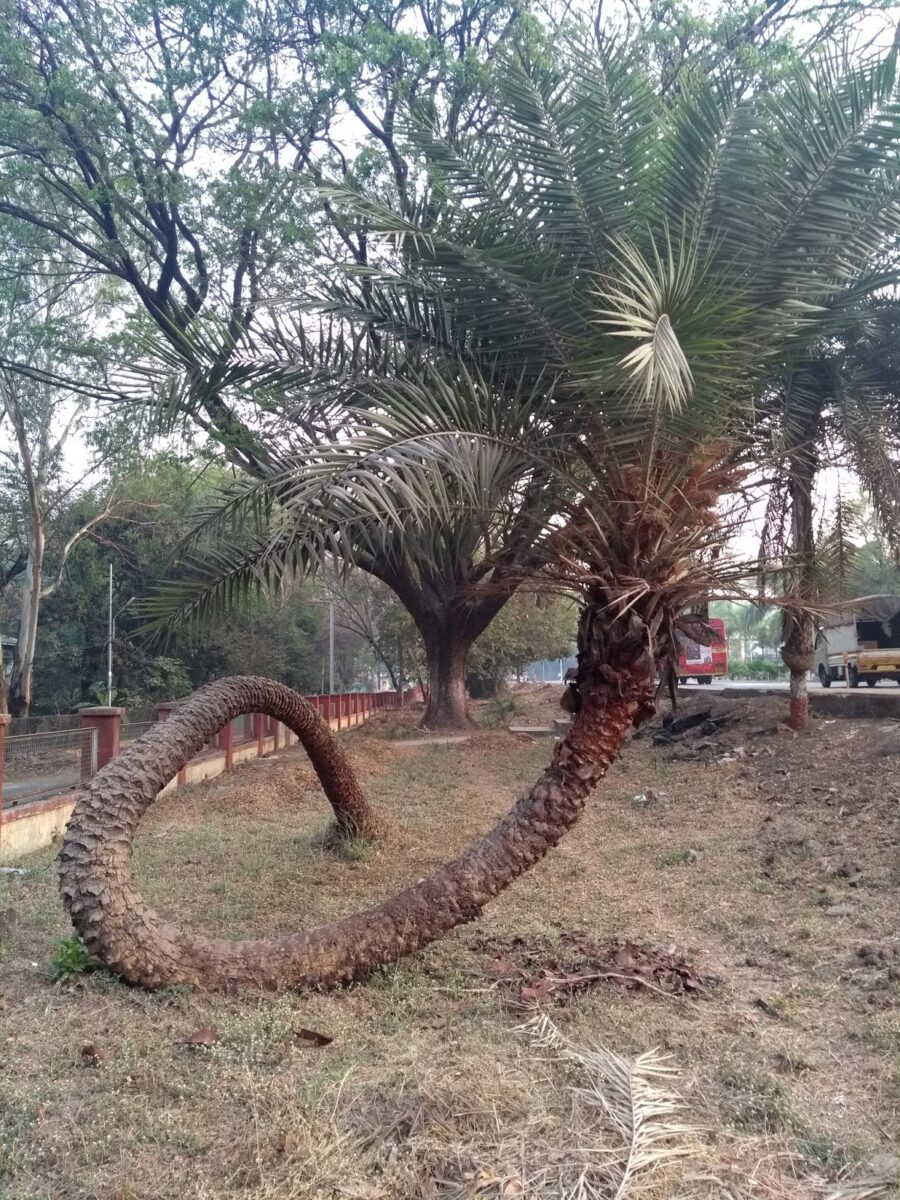
This tree has literally got my attention each and every time I pass by. So much so that I have to be cautioned to pay attention to traffic as it is located on my cycle route!
It is a Palm and quite and old one I think. For some reason, it has this twisted trunk. I can only speculate why this may have happened. Some storm perhaps. Or maybe there used to be some other structure there and the tree for some reason chose to grow around it…
Whatever maybe the case, its curves and lines are striking! Agree?
I am joining Parul in her #ThursdayTreeLove38 blog hop. Do head over to see some amazing trees from around the world. Better still, join in!
My tree for today stands out green in the dry deciduous jungle .. its quite inconspicuous otherwise and easy to miss unless one looks carefully.. Its the Apta tree .. In Maharashtra, family members exchange Apta leaves on day of Vijayadashami or Dusshera. Going by the botanical name of Bauhinia racemosa, it belongs to the Caesalpinia family (Gulmohor family). I have seen it growing on the Pune hills but not in the city itself.
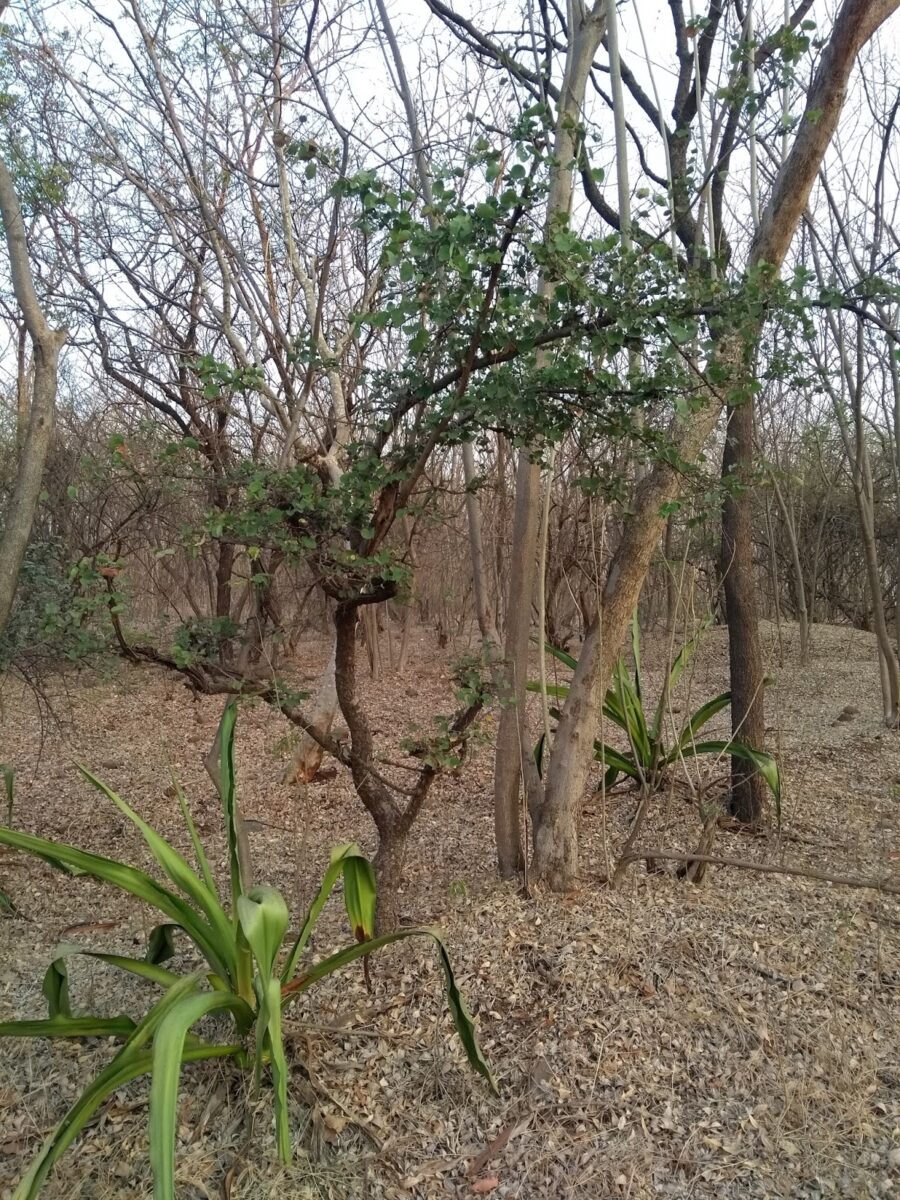
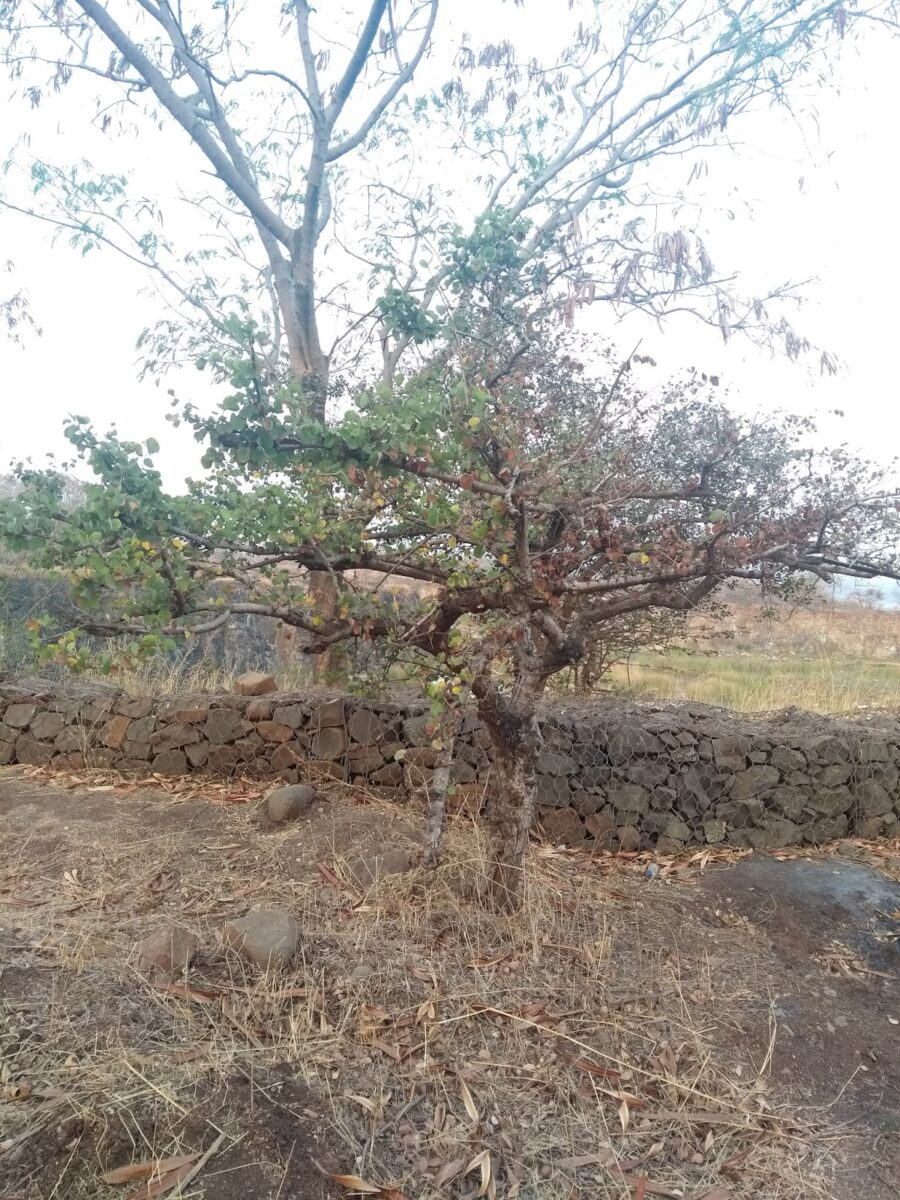
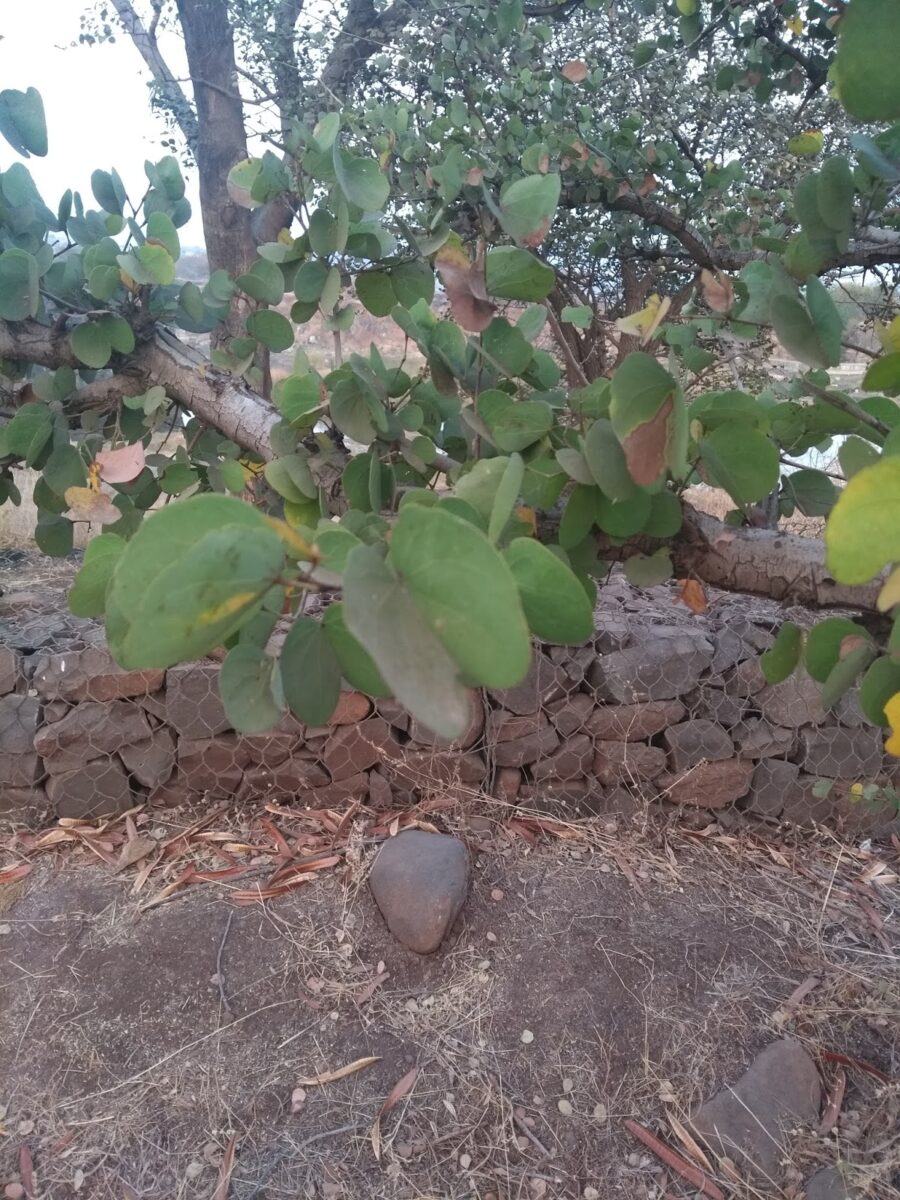
Flowering of the Bauhinia racemosa is in the months of February – May and here is an image of its flowers.
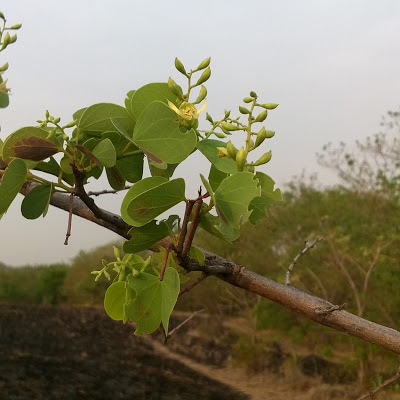
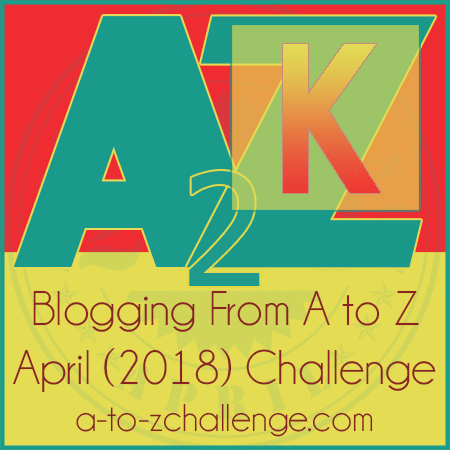
Welcome!
We are with the 2018 April AtoZ Blogging challenge and its my fifth attempt. For those who missed it, here is the link to my Theme Reveal post. Do the alphabets still stand for the same things we learnt about in Nursery school?
Its day eleven and the alphabet is K.
K is for King. As in the guy who wears a crown and sits on a throne.
Can something else also be called a King? The Lion is said to be the King of the jungle. Recently I had posted a Ficus Bonsai that was displayed in full royal style.
Today I have yet another candidate for the post of King.
Its a 250 year old Ficus tree that is growing at the Acharya Jagdish Chandra Bose Indian Botanic Garden in Kolkata. The 1786-founded garden has a vast collection of lovely old trees. The main attraction is the Great Banyan (Ficus benghalensis) that is supported by thousands of roots and is spread over five acres. Despite its loss of the main trunk in 1925, the Banyan is still ‘growing’ . The authorities have had to increase the protective perimeter built around it as the tree ‘walked’ eastwards!
Here are some images of The Great Banyan.
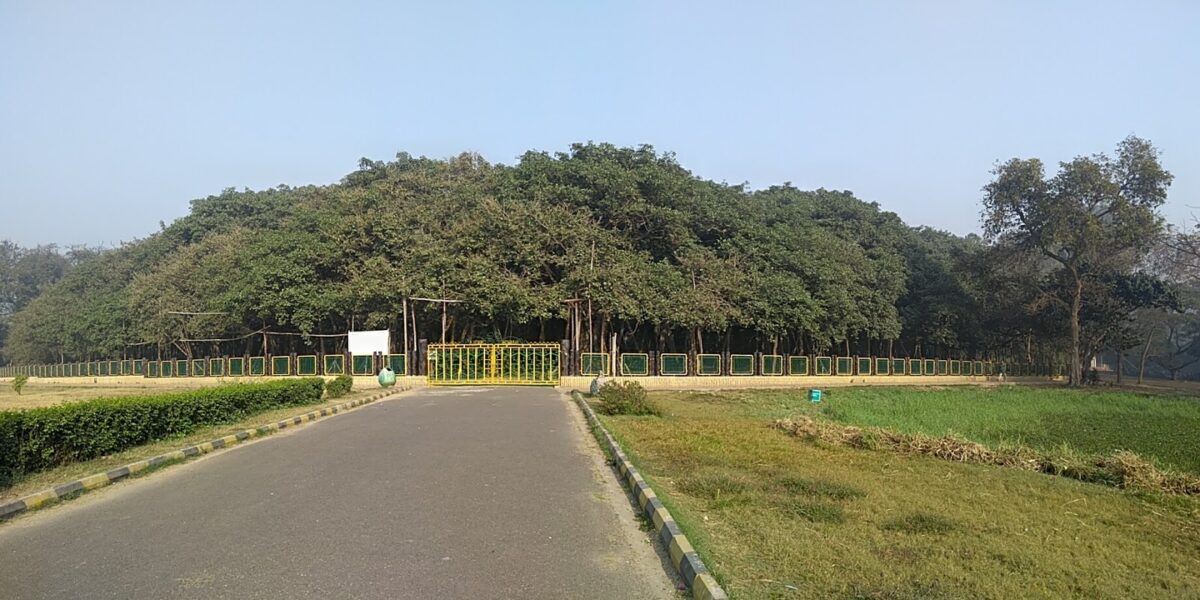

 |
| It stands on thousands of supporting roots
This video will give take you straight to this great tree..
|
I am sure you will agree that this candidate is highly suitable for being called the King!
🙂
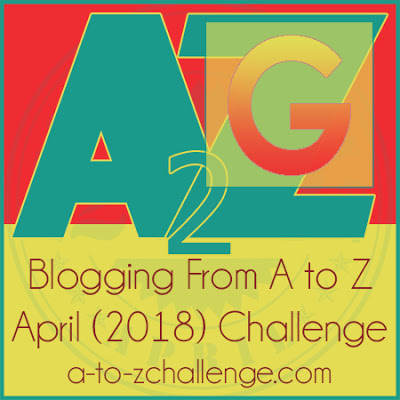
Welcome!
We are with the 2018 April AtoZ Blogging challenge and its my fifth attempt. For those who missed it, here is the link to my Theme Reveal post. Do the alphabets still stand for the same things we learnt about in Nursery school?
Its day seven and the alphabet is G.
G is for Goat. That is what I distinctly remember being taught.
But then, goats eat grass.
And grass was one of my theme ideas. So I sort of took the liberty and replaced the goat with grass.
🙂
Grasses belong the Poaceae family which a very large and very economically important family of the plant kingdom. Important because this family provides the staple foods that we eat, material for construction etc. Grasses are found almost everywhere and are generally annual or perennial in nature. My teacher cautioned me that grasses can be properly identified only when they grow flowers and that too using a hand lens or under a microscope. Which means, many of the grasses I have seen will remain unnamed..
Not to worry folks, this will not be a botanical post.
Here are some of the beautiful grass flowers.
And do watch out for them the next time you go out for your walk!
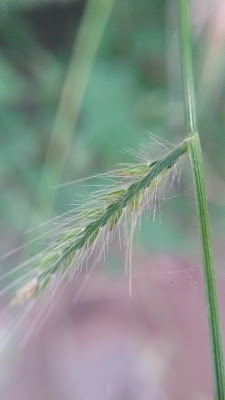 |
| Oplismenes |
 |
| Lophopogon sp |
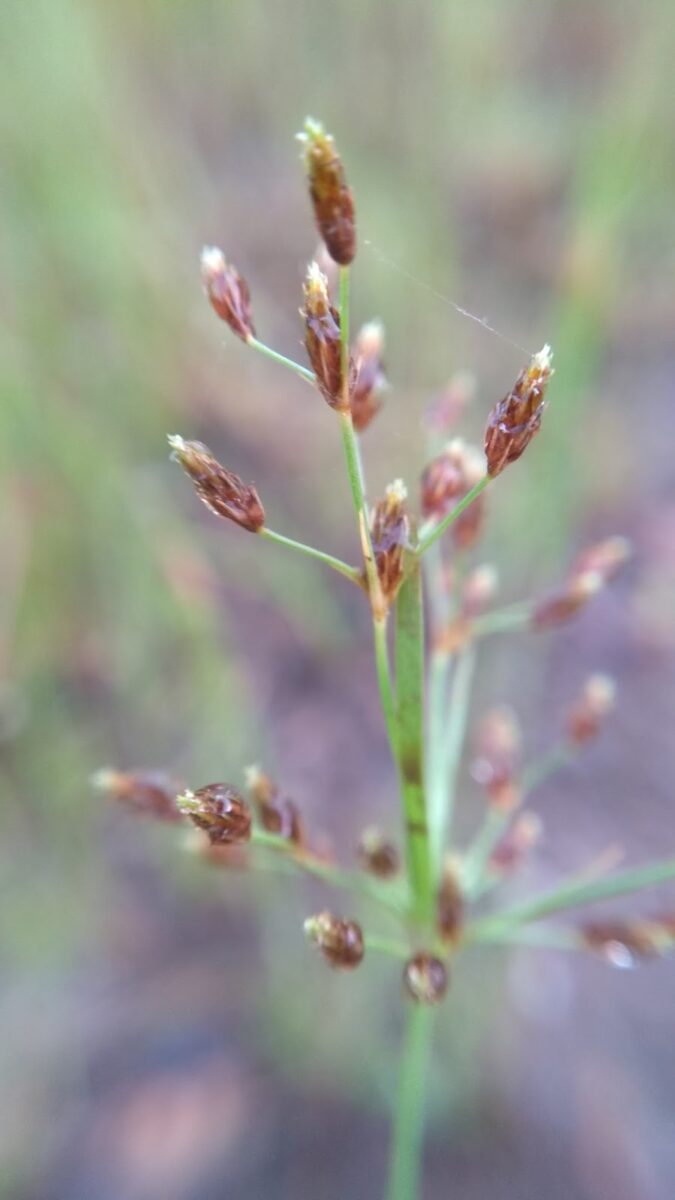
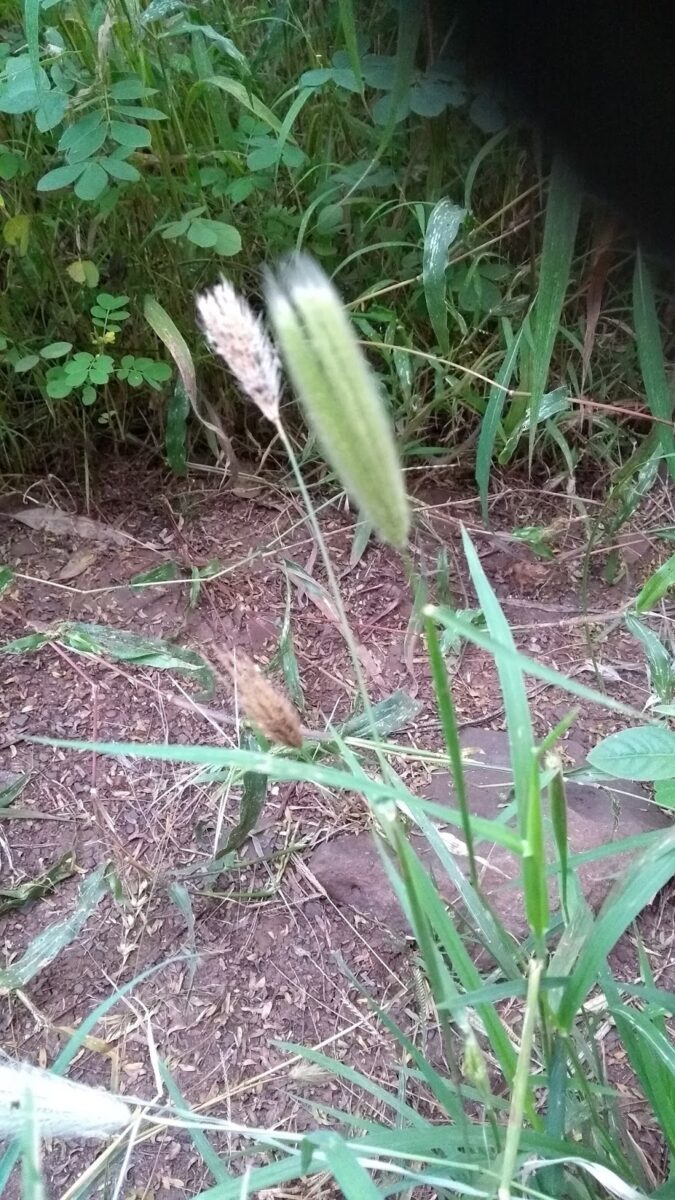 |
| Chloris sp |
 |
| Chrysopogon sp |
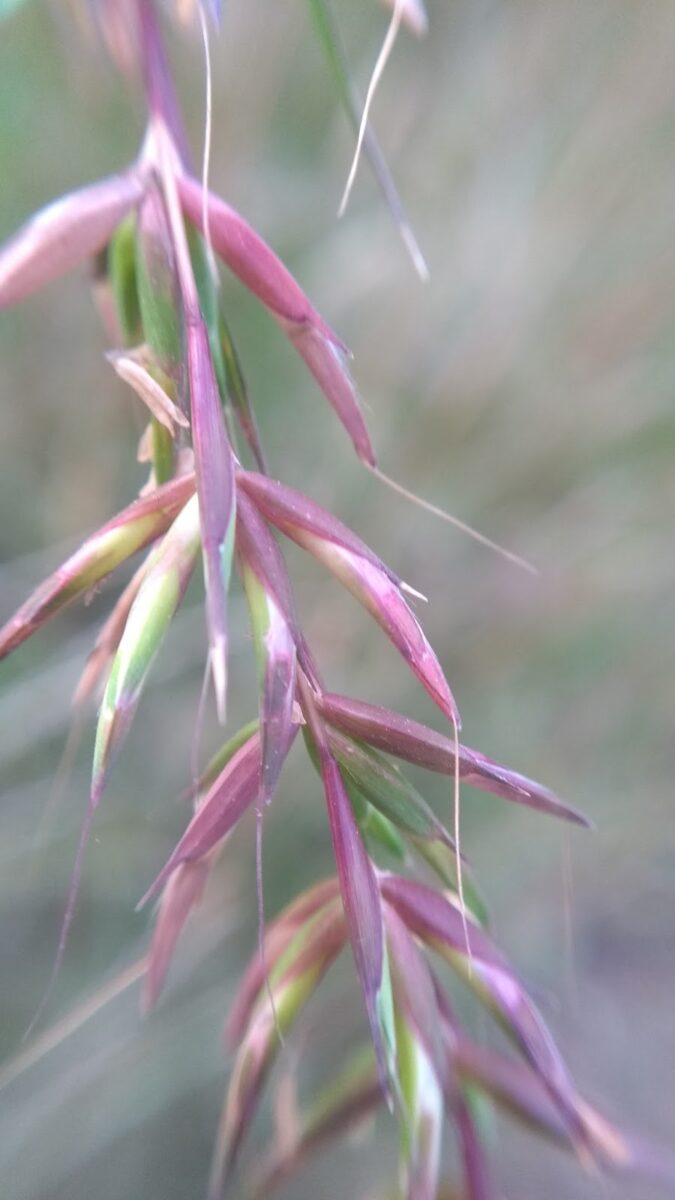 |
| Apluda sp |
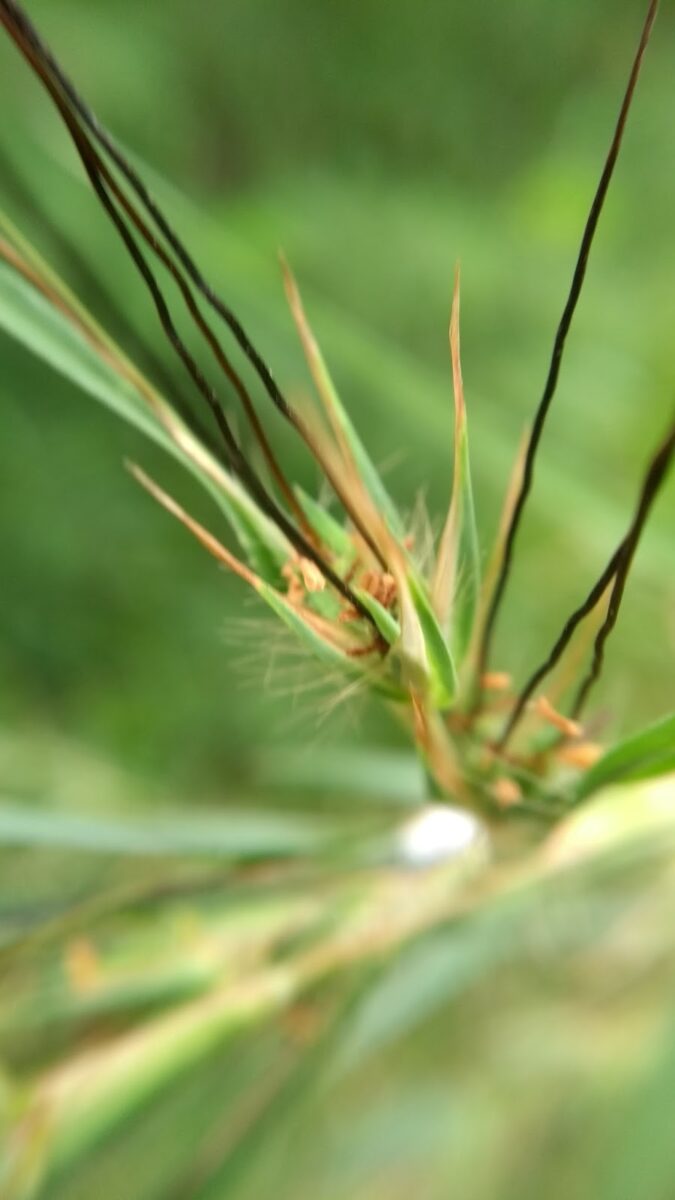 |
| Themeda sp |
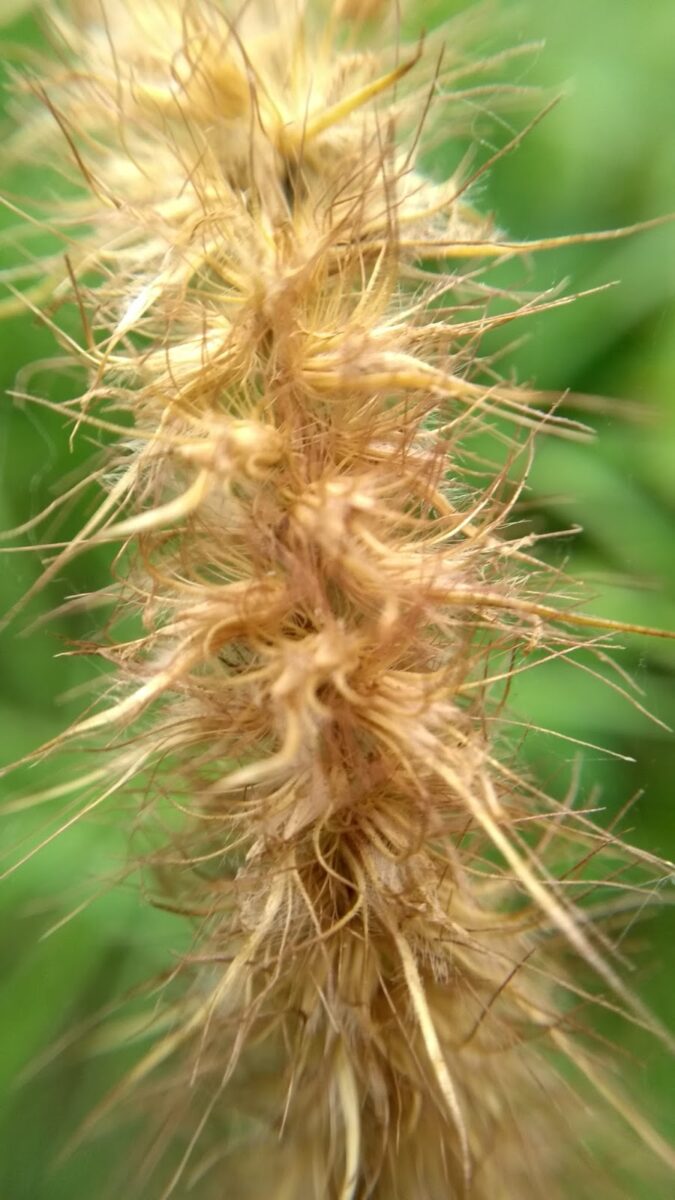 |
| Pennisetum sp |
 |
| Setaria sp
This is just a glimpse into the great world of grasses..
Tomorrow is our first holiday of the blogathon. We return on the 9th with the alphabet H.
Cheers!
|